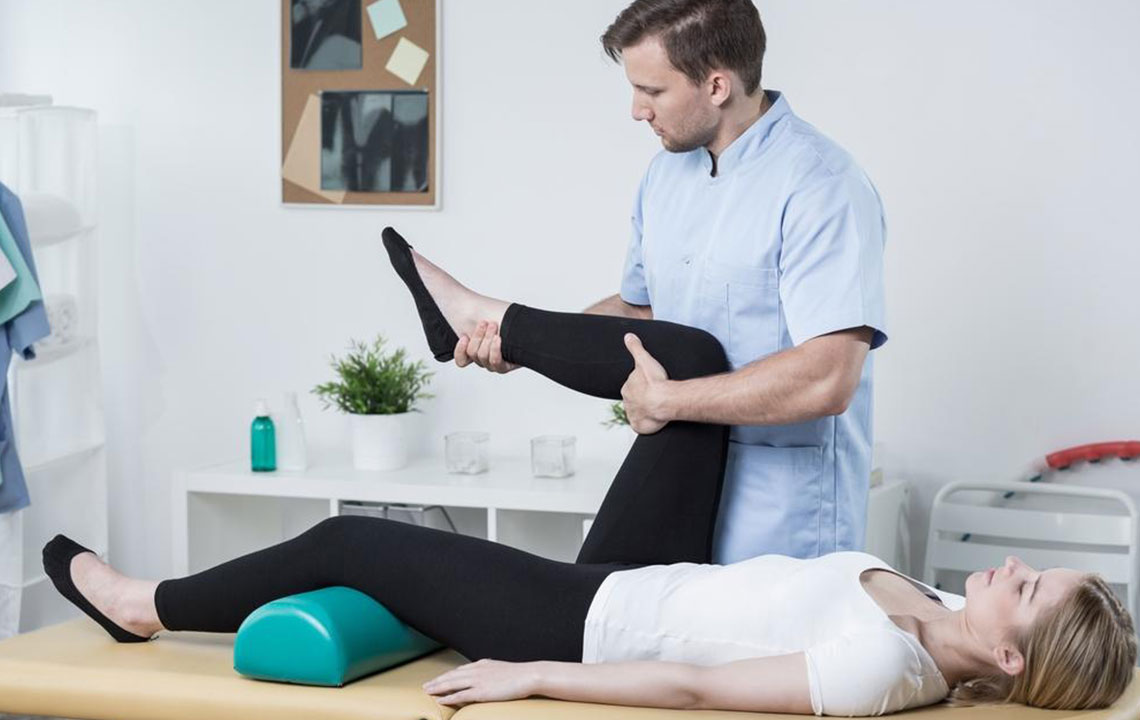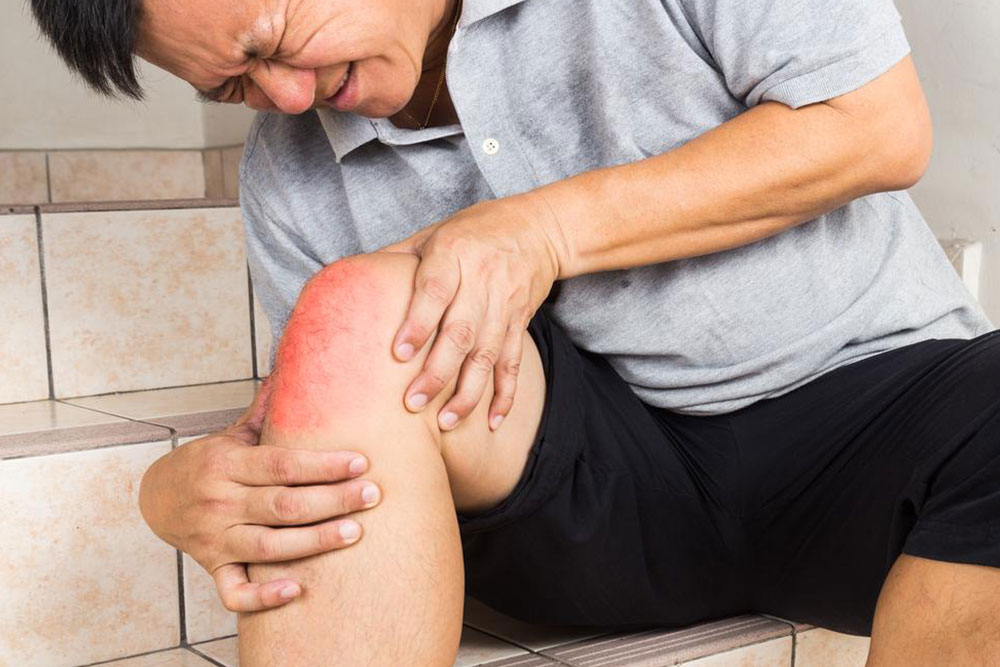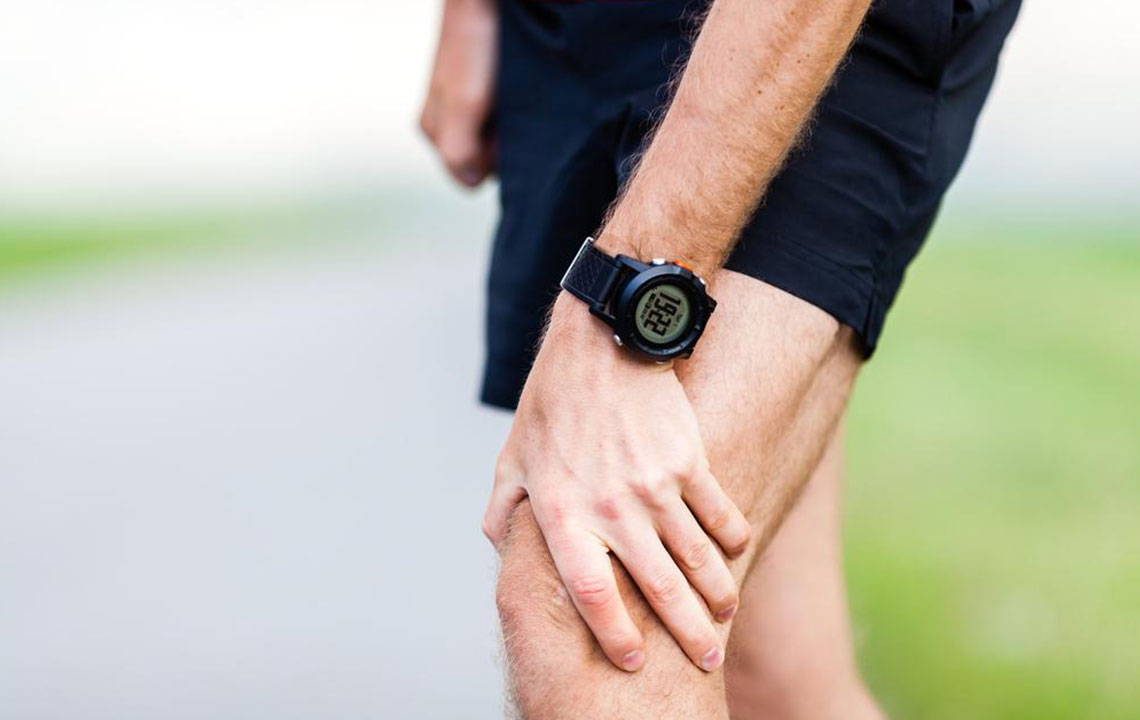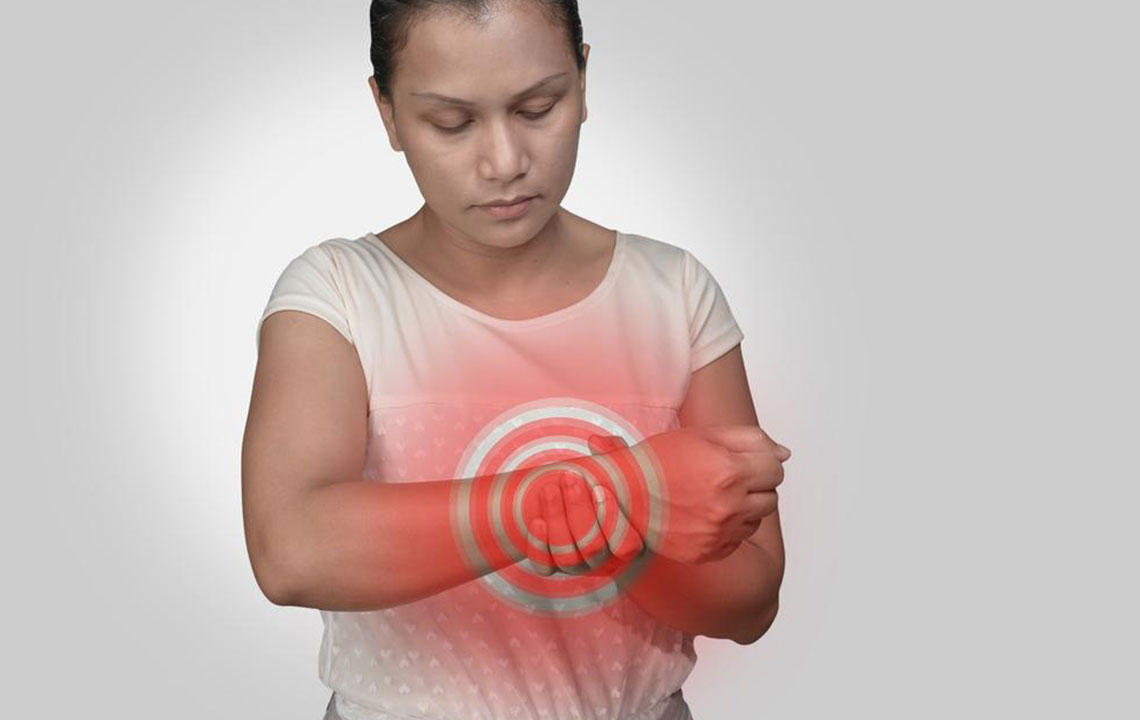Comprehensive Approaches to Relieve Joint Pain and Enhance Mobility
This comprehensive guide explores effective, natural strategies to alleviate joint pain, including weight management, low-impact exercise, thermal therapies, and dietary adjustments. By adopting these approaches, individuals can reduce discomfort, improve flexibility, and enhance overall mobility safely and sustainably. Whether dealing with osteoarthritis or rheumatoid arthritis, integrating lifestyle modifications with medical advice can lead to significant improvements in joint health and quality of life.

Comprehensive Approaches to Relieve Joint Pain and Enhance Mobility
Chronic joint pain and discomfort are prevalent issues that can drastically diminish the quality of life. Whether caused by degenerative conditions like osteoarthritis or autoimmune diseases such as rheumatoid arthritis, persistent joint discomfort can interfere with daily activities, sleep, and overall well-being. Addressing joint pain effectively involves a multifaceted approach that combines lifestyle modifications, natural remedies, and, when necessary, medical interventions. This detailed guide explores proven strategies to alleviate joint discomfort, improve mobility, and restore a sense of vitality.
Understanding the root causes of joint pain is crucial. Osteoarthritis, often referred to as degenerative joint disease, occurs primarily due to cartilage deterioration over time. It typically affects weight-bearing joints such as hips, knees, and the spine. Rheumatoid arthritis, on the other hand, is an autoimmune disorder where the immune system mistakenly attacks joint tissues, causing inflammation, swelling, and stiffness. Both conditions can lead to decreased joint function if not managed properly.
Fortunately, many natural strategies can significantly mitigate joint pain without the risks associated with long-term medication use. Maintaining a healthy weight is one of the most impactful steps, as excess weight applies extra pressure on joints, especially those in the knees and hips. Engaging in regular, low-impact exercises like swimming, cycling, or walking helps strengthen the muscles around the joints, providing better support and reducing discomfort. Additionally, thermal therapies such as heat packs and cold compresses are effective in managing inflammation and stiffness.
In addition to lifestyle changes, incorporating specific dietary adjustments can promote joint health. Consuming foods rich in omega-3 fatty acids, antioxidants, and anti-inflammatory compounds can help reduce joint inflammation. Examples include fatty fish like salmon, walnuts, flaxseeds, and colorful fruits and vegetables. Supplements like glucosamine and chondroitin sulfate are also popular among those seeking to support joint cartilage repair, though consulting a healthcare professional prior to use is advisable.
While medications such as NSAIDs (non-steroidal anti-inflammatory drugs) can be prescribed to manage severe pain, they may have side effects if used long-term, including gastrointestinal issues, cardiovascular risks, or dependency. Therefore, lifestyle and natural therapies are often recommended as frontline strategies. Skills like gentle stretching, maintaining good posture, and using assistive devices can further enhance mobility and reduce strain on painful joints.
Heat therapy, such as warm baths or heat wraps, helps increase blood flow and relax stiff muscles, alleviating discomfort. Cold therapy, involving ice packs or cold compresses, reduces acute inflammation and swelling, especially after physical activity. Alternating between heat and cold treatments can be particularly effective for managing symptoms.
In summary, successfully managing joint discomfort requires a comprehensive approach that prioritizes natural, safe strategies. Combining weight management, appropriate exercise, dietary considerations, and thermal therapies creates a synergistic effect that can significantly improve joint function and decrease pain. Consulting healthcare professionals for personalized advice ensures that treatment strategies align with individual health needs, aiding in the journey towards improved mobility and a better quality of life.





